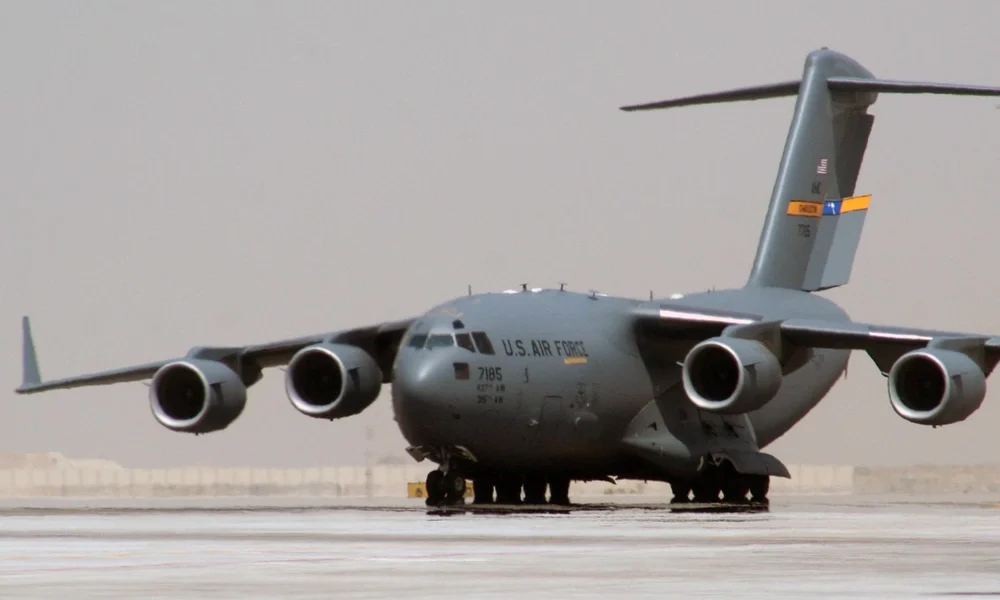
C-17 Aircraft: Value and Investment
The Cost of the C-17 Globemaster III: Understanding Expenses
The C-17 Globemaster III is a military cargo aircraft used by air forces around the world. Initially developed by McDonnell Douglas and later by Boeing, it is renowned for its versatility and performance. Yet, like many high-tech military assets, it comes with a hefty price tag. Understanding the costs associated with the C-17 involves looking at its development, acquisition, and operation.
Development Costs
The US Air Force initiated the C-17 development program in the early 1980s. The goal was to create a new class of transport aircraft that could meet the needs of modern warfare. Originally, the development phase was plagued by technical challenges and cost overruns. The initial contract awarded to McDonnell Douglas was valued at $6.6 billion for a fleet of 210 aircraft. Due to delays and technical issues, that cost rose to over $9 billion. In 1991, with the merger of McDonnell Douglas and Boeing, Boeing assumed responsibility for the program. This change aimed to streamline production and stabilize costs.
These development expenses are significant due to the complexity of designing a vehicle capable of short takeoffs and landings while carrying heavy payloads. The C-17’s advanced flight control systems and engines required innovative engineering solutions. By the mid-1990s, these technical hurdles were overcome, enabling full-scale production to commence. Investing in research and development ensured that the C-17 met rigorous performance standards. These efforts are reflected in the aircraft’s robust design and operational reliability.
Acquisition Costs
The unit cost of a single C-17 aircraft has undergone several revisions since production began. When the first models were delivered in the early 1990s, each aircraft had a price tag of around $237 million. Over time, Boeing managed to reduce costs through economies of scale and process improvements. By the end of the production line in 2015, the cost per aircraft hovered around $200 million. These figures account for the aircraft alone and do not include complementary system packages or support contracts. Export sales bring their own negotiation dynamics. Countries like Australia, Canada, and India invested in the C-17, contributing additional funds to logistics and maintenance support packages. These deals also included training for personnel, essential spare parts, and service agreements.
Buyers weigh these acquisition expenses against domestic needs and budget constraints. The value proposition of the C-17 remains strong due to its cargo capacity and performance capabilities. Military planners consider these factors critical to mission success, justifying the significant investment.
Operational Costs
Operating the C-17 involves various ongoing expenses. These include personnel resources, fuel, maintenance, and spare parts. A key benefit of the C-17 is its ability to operate in austere environments. However, this capability requires robust support systems and trained crews. Attracting and retaining skilled personnel is an ongoing challenge, as the training demand is rigorous. Aircrew and maintenance personnel need specialized expertise to operate the advanced systems onboard.
Fuel consumption is another major consideration. The C-17’s four engines consume significant amounts of fuel, particularly during long-distance missions. This consumption influences deployment strategies and logistical planning for air force operations. Despite its fuel demands, the C-17 is recognized for its efficiency in delivering substantial payloads over long distances.
One of the primary costs is regular maintenance. Maintaining a fleet of C-17s involves scheduled inspections, parts replacement, and systems updates. This keeps the aircraft in top condition and ensures safety and reliability during missions. Predictive maintenance technologies are becoming more prevalent, optimizing maintenance cycles and reducing downtime. Advances in diagnostic tools help crews address issues proactively, which in turn minimizes operational disruptions.
Lifecycle Costs
Considering the full lifecycle cost of the C-17 is crucial for decision-makers. These costs encompass acquisition, sustainment, and eventual decommissioning. Having an effective lifecycle management strategy helps control expenses over the operational span, usually over several decades. Initial investments in cutting-edge technologies lay a strong foundation for long-term viability.
Logistics support contracts play a critical role in managing lifecycle costs. These agreements often include performance-based incentives that encourage contractors to meet efficiency targets. Cost-effectiveness isn’t solely about procurement prices; it’s about optimizing overall value and utility throughout service life.
The extended service life of C-17 aircraft has required modernization programs to address aging components. Upgrades ensure the aircraft remains operationally relevant against evolving threats and technological advancements. This includes avionics improvements, structural enhancements, and software updates.
International Sales and Economic Impact
Foreign military sales contribute significantly to mitigating overall program costs. Exporting C-17s has bolstered economic returns and reinforced defense partnerships. These sales provide economic benefits through job creation within supply chains and the broader aerospace industry.
Countries acquiring the C-17 gain strategic airlift capability, enhancing their military logistics capabilities. The international footprint of the C-17 fosters cooperation and interoperability among allied forces. These benefits support shared defense objectives, improving collective security dynamics.
Employment in the defense sector relies on projects like the C-17. Several thousand aerospace jobs directly relate to the production and maintenance of this aircraft. This extends to manufacturing, engineering, and other specialized careers.
Conclusion
The financial commitment to the C-17 Globemaster III encompasses more than its hefty price tag. Understanding these costs in a broader context reveals the importance of strategic planning in military procurement. The C-17 exemplifies how investments in advanced technology pave the way for effective defense capabilities.